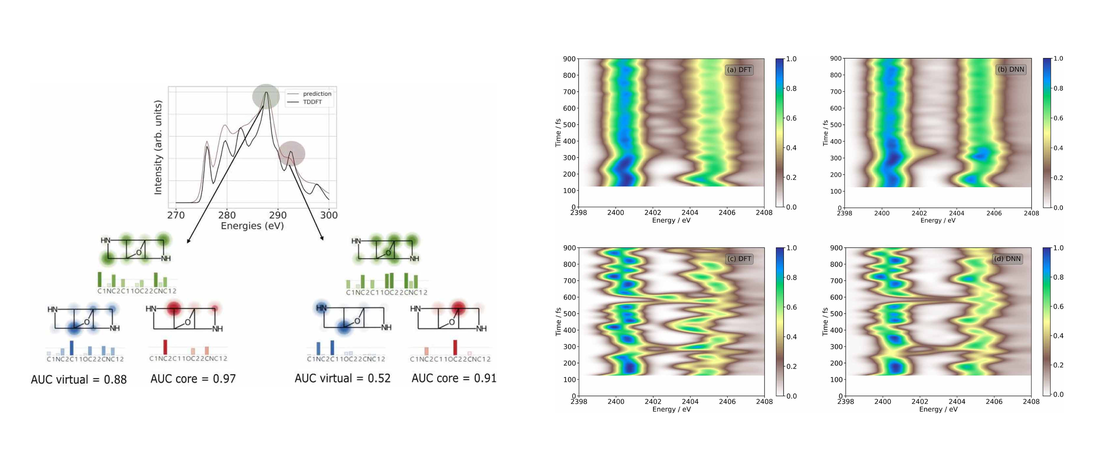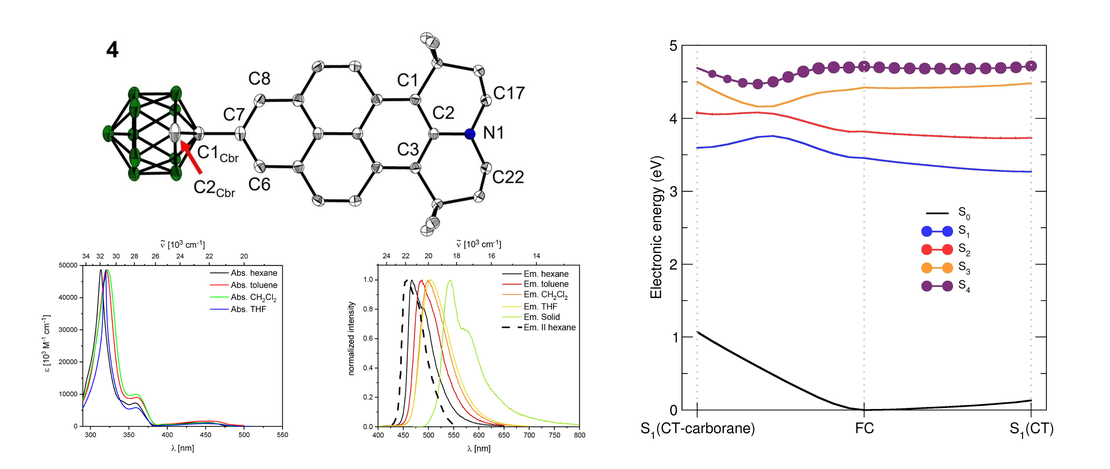
Machine-learning strategies for the accurate and efficient analysis of x-ray spectroscopy
- Thomas Penfold, Luke Watson, Clelia Middleton, Tudur David, Sneha Verma, Thomas Pope, Julia Kaczmarek and Conor Rankine
- Publication
- June 7, 2024
Abstract:
Computational spectroscopy has emerged as a critical tool for researchers looking to achieve both qualitative and quantitative interpretations of experimental spectra. Over the past decade, increased interactions between experiment and theory have created a positive feedback loop that has stimulated developments in both domains. In particular, the increased accuracy of calculations has led to them becoming an indispensable tool for the analysis of spectroscopies across the electromagnetic spectrum. This progress is especially well demonstrated for short-wavelength techniques, e.g. core-hole (x-ray) spectroscopies, whose prevalence has increased following the advent of modern x-ray facilities including third-generation synchrotrons and x-ray free-electron lasers. While calculations based on well-established wavefunction or density-functional methods continue to dominate the greater part of spectral analyses in the literature, emerging developments in machine-learning algorithms are beginning to open up new opportunities to complement these traditional techniques with fast, accurate, and affordable ‘black-box’ approaches. This Topical Review recounts recent progress in data-driven/machine-learning approaches for computational x-ray spectroscopy. We discuss the achievements and limitations of the presently-available approaches and review the potential that these techniques have to expand the scope and reach of computational and experimental x-ray spectroscopic studies.
Additional Resources
DOI: 10.1088/2632-2153/ad5074
Bibtex:
@article{pen24machine,
doi = {10.1088/2632-2153/ad5074},
url = {https://dx.doi.org/10.1088/2632-2153/ad5074},
year = {2024},
month = {jun},
publisher = {IOP Publishing},
volume = {5},
number = {2},
pages = {021001},
author = {Thomas Penfold and Luke Watson and Clelia Middleton and Tudur David and Sneha Verma and Thomas Pope and Julia Kaczmarek and Conor Rankine},
title = {Machine-learning strategies for the accurate and efficient analysis of x-ray spectroscopy},
journal = {Machine Learning: Science and Technology},
}


